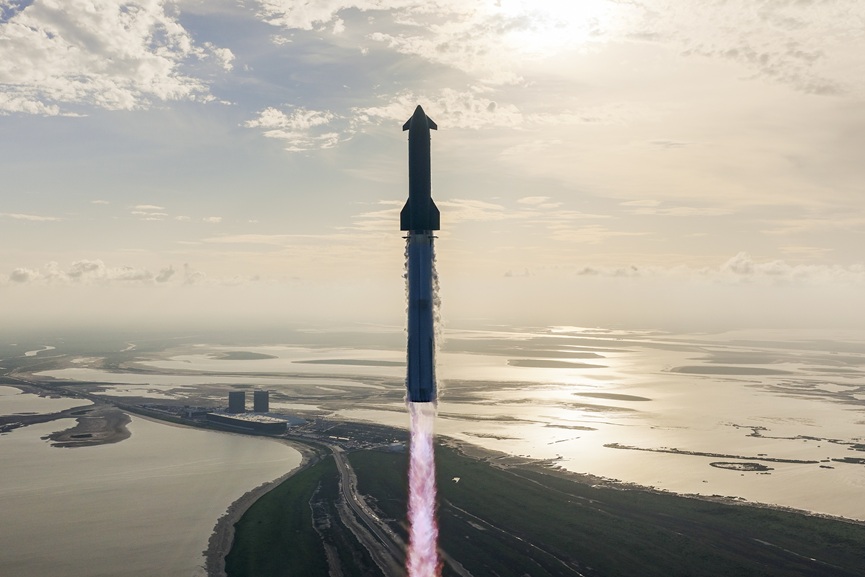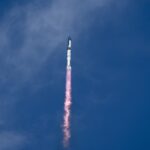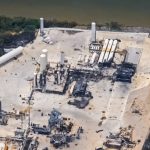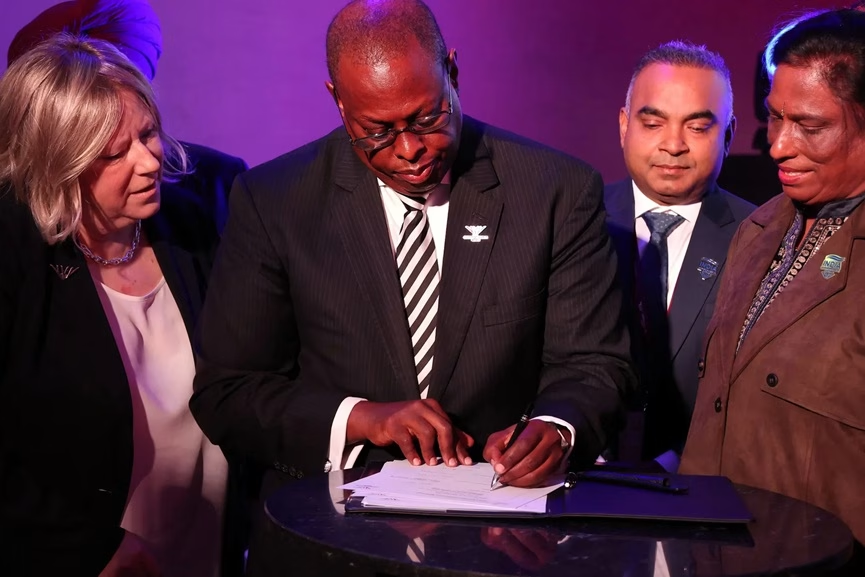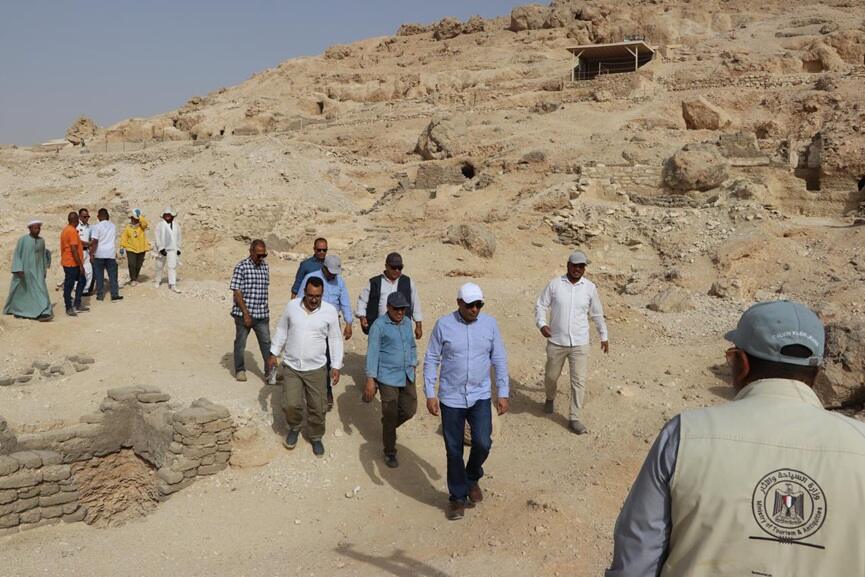South Padre Island: SpaceX’s Starship megarocket, the most powerful launch vehicle ever built, achieved a significant breakthrough with its tenth test flight.
The towering 403-foot (123-meter) stainless steel rocket lifted off from SpaceX’s Starbase facility in southern Texas at 6:30 p.m. local time (2330 GMT). Starship, designed to carry crew and cargo to the Moon and Mars, is central to Musk’s plans for human settlement beyond Earth.
The first-stage booster, known as Super Heavy, detached and splashed down in the Gulf of Mexico a few minutes after liftoff, generating a sonic boom on descent. Unlike previous attempts, SpaceX chose not to test its launch tower’s massive chopstick-catching arms, instead evaluating the booster’s performance under simulated engine cutout conditions.
Watch Starship’s tenth flight test → https://t.co/UIwbeGoo2B https://t.co/BFrpQPQFUw
— SpaceX (@SpaceX) August 26, 2025
Attention quickly turned to the upper stage, also referred to as Starship, which aims to become a fully reusable spacecraft for orbital and deep-space missions. For the first time, SpaceX successfully deployed eight dummy Starlink satellites in orbit, with onboard cameras broadcasting live images of the robotic dispenser releasing them one by one.
The upper stage’s fiery return to Earth also tested its heat shield. Though some protective tiles detached and a section of a control flap burned during reentry, the spacecraft survived the punishing trajectory. SpaceX communications manager Dan Huot explained that the harsh profile was intentional.
The achievement comes after three consecutive flights ended with the upper stage exploding, twice over the Caribbean and once after reaching space. In June, another test vehicle was destroyed in a ground-based explosion. These failures had raised questions about whether the program could stay on track.
Great work by the SpaceX team!! https://t.co/Dy1TPmr4kX
— Elon Musk (@elonmusk) August 26, 2025
Yet, true to SpaceX’s “fail fast, learn fast” philosophy, the company has continued pushing boundaries. The approach has already propelled its Falcon 9 rockets to a record number of launches, enabled crewed Dragon missions to the International Space Station, and turned Starlink satellites into a global communications asset with strategic significance.
Despite the milestone, formidable hurdles remain. Musk has acknowledged that developing a durable, fully reusable heat shield is Starship’s toughest challenge, pointing out that NASA’s Space Shuttle required nine months of refurbishment between flights. SpaceX is aiming for a heat shield that can be relaunched almost immediately.
Another untested step is orbital refueling, which will be critical for long-duration missions to the Moon and Mars. Engineers must demonstrate that Starship can be fueled in orbit with super-cooled propellants before NASA can rely on it for lunar operations.



